

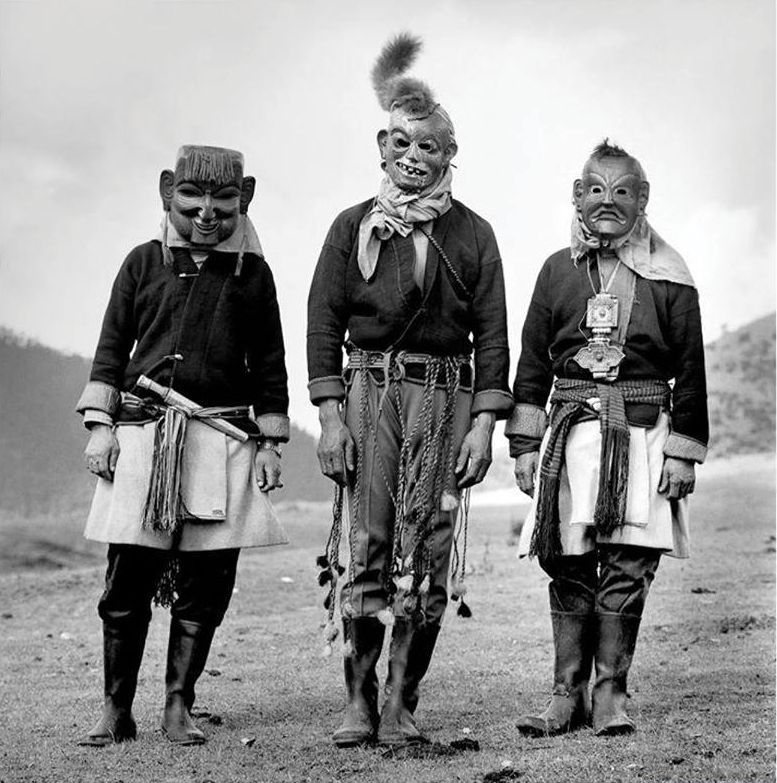
Over a period of twelve years, Serena Chopra travelled extensively throughout Bhutan, which led to her first body of work, Bhutan Echoes. Shot on a Hasselblad manual film camera, the photographs capture the unique landscape of the landlocked Himalayan country with its surprising blend of the secular and the religious, the traditional with the modern, and the immense contrast between its smaller townships and faraway villages. A rich archive of human emotions, Bhutan Echoes offers a unique window into the lives of the Bhutanese people during a significant period in the country’s history towards a certain modernity.
SEE MORE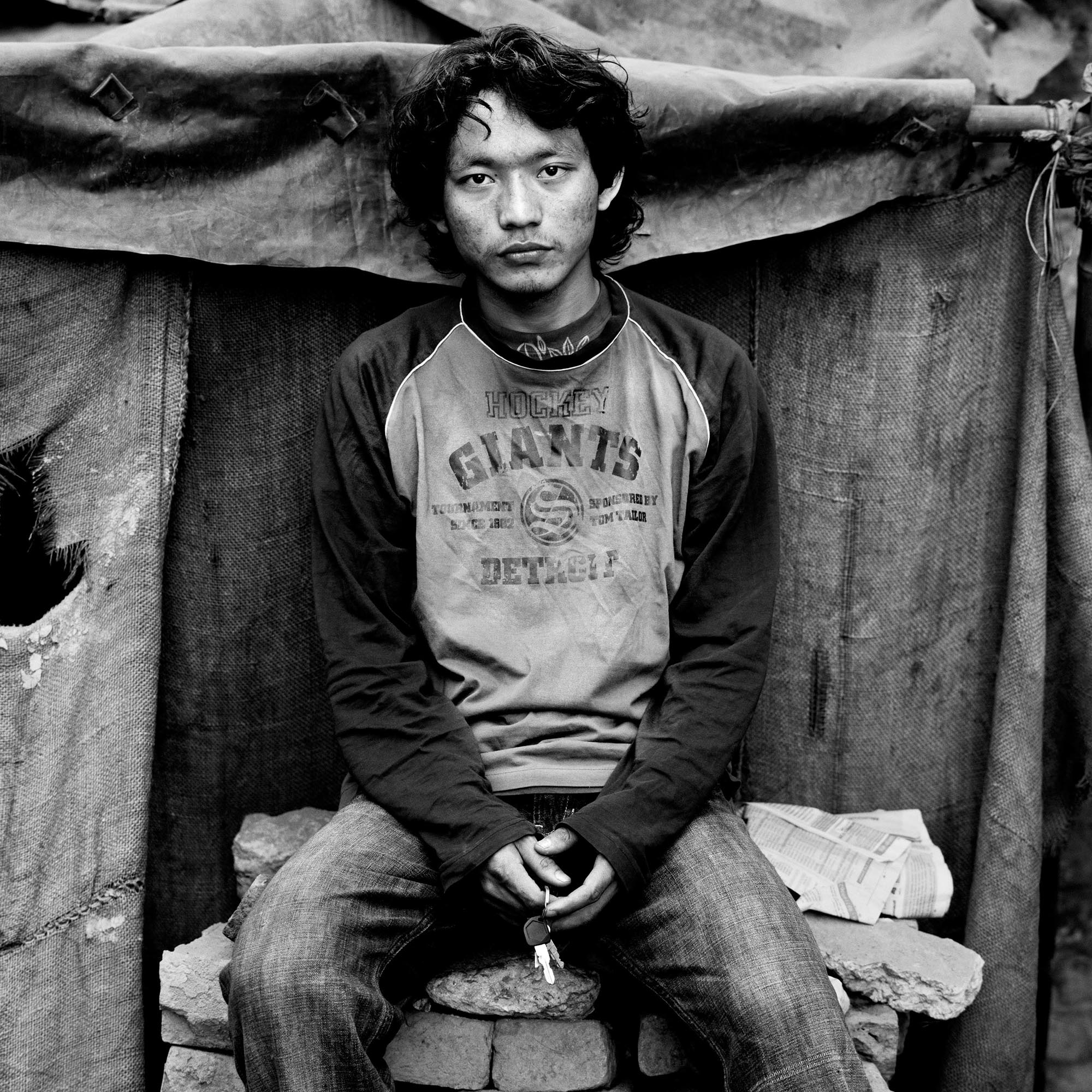
Serena Chopra’s second long-term project engages with the Tibetan community that has been living in the Majnu ka Tilla refugee colony in New Delhi for nearly 60 years. In the wake of the Tibetan exodus in 1959, they struggled to preserve their religion, language and identity, holding on to the hope of returning to a free Tibet one day. Chopra’s black-and-white photographs capture some of the residents of Majnu Ka Tilla within the interiors of their homes or in their immediate, everyday environment. The inspiration for this project came in 2006, following an interaction Chopra had with the Dalai Lama. Shot over a period of eight years from 2008, the images are accompanied by texts in a dairy-like format – a record of the Tibetan residents in their own handwriting and language – along with translations into English with the help of Chopra’s friend Tenzin Norsang.
SEE MORE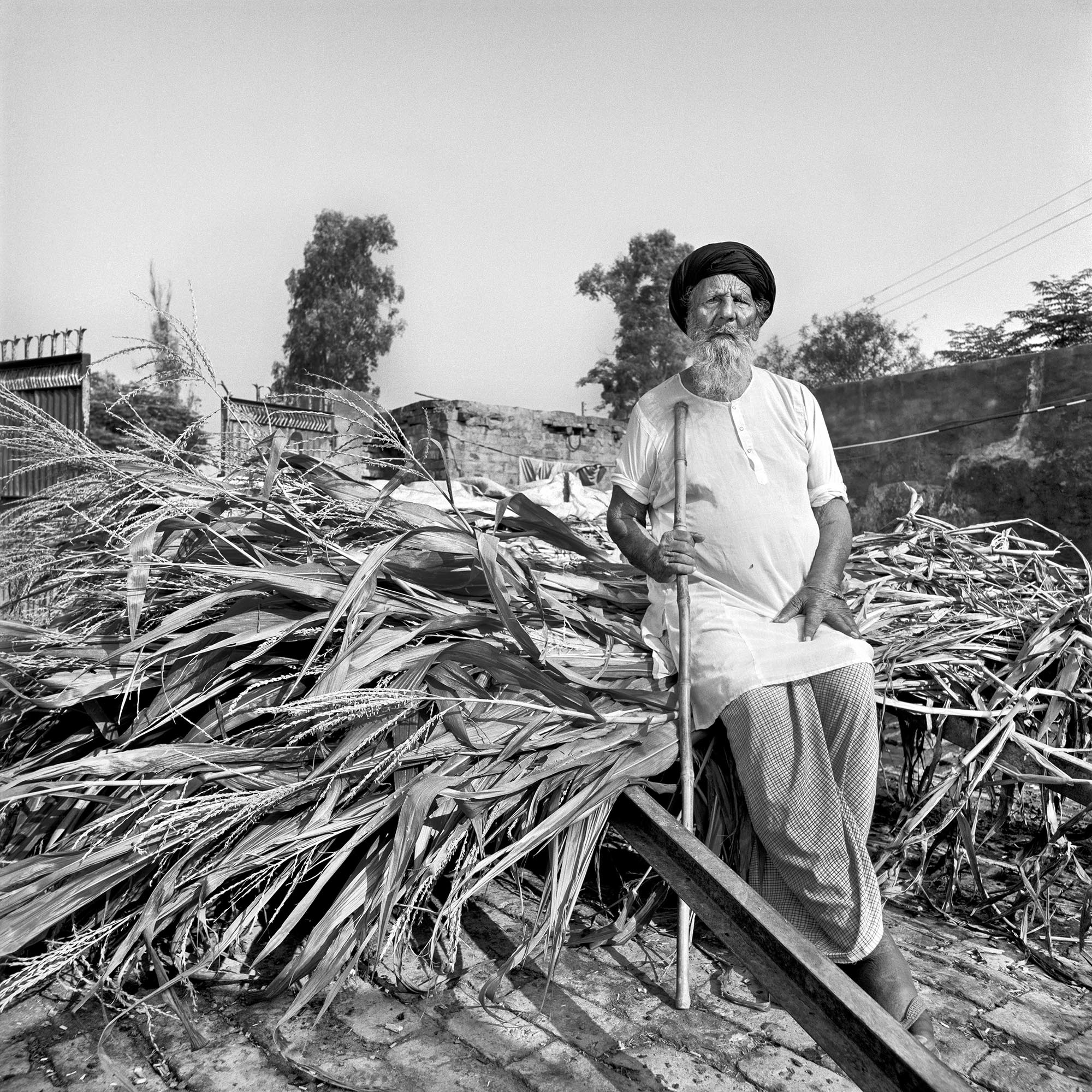
Serena Chopra’s mother was born in Pakistan and her familial connection to the history and trauma of Partition is echoed in the survivors’ stories and faces in the series, Tale of Time.
In 2017, Chopra was commissioned by The Arts and Cultural Heritage Trust to create an outdoor photographic installation for the new Partition Museum in Amritsar, Punjab. As in her earlier series, Majnu Ka Tilla Diaries, Chopra dove into the project by interviewing individuals and families, gathering their stories around the event. Her recording of their words was done in a diary format with an image of the sitter on one side and written dialogue on the other. The participants recount their memories, the atrocities, and the mayhem of the time – often written down by relatives of the sitters. Nine large photographs from this series are permanently installed on the façade of The Partition Museum, which is the world’s first museum dedicated to the partition of the Indian subcontinent in 1947. The museum is housed in the historic Town Hall building in Amritsar, which was constructed in 1870 by architect John Gordon.
SEE MORE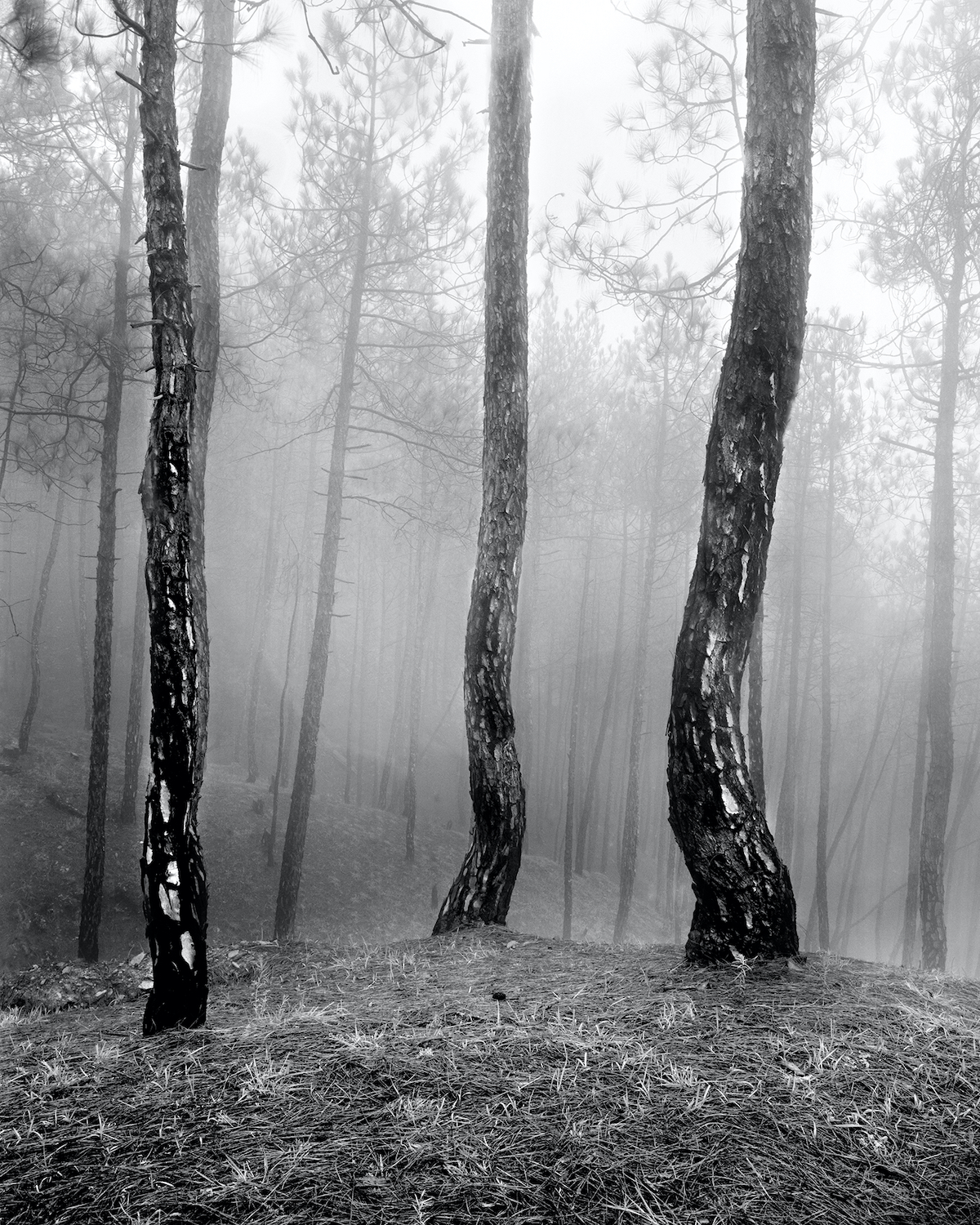
Between 2017 and 2020, Serena Chopra photographed the forest landscape, known for its wildlife and exceptional views of the Himalayas. At an elevation of 2420m, the forests provided a space for her to wander and record the “subjects” of her intent. The forest appears as a community, its various trees as the main characters. Through her wanderings within each season, Chopra captured the eternal aspect of the old growth forests and their inherent resilience that thrives within the transience of events in nature. Transforming the woods into a mystical realm, her photographs of the individual trees, wildlife, and growth reflect an inner landscape through the forest. Titled Shinrin, the series references the Japanese practice of shinrin-yoku or forest-bathing. Shinrin-yoku encourages making contact with and taking in the atmosphere of the forest to reap the proven physiological and psychological benefits of connecting with nature.
SEE MORE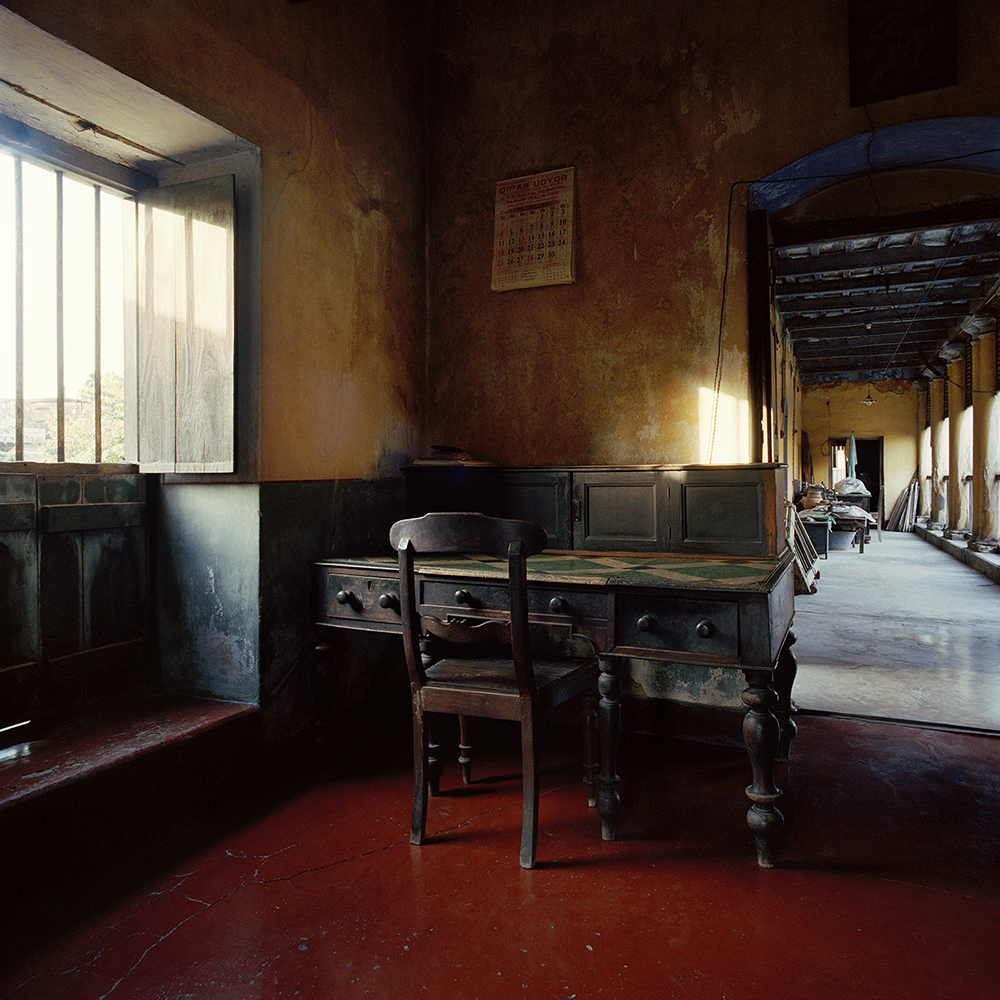
In 2013, Serena Chopra documented the architectural heritage of Chandernagor, a former French colony located north of Kolkata in West Bengal. Focusing on the unique French architecture, built during 1673 and 1954, she captured the old colonial homes, churches, city locales and a cemetery that invoked memories of the French colonisation of India. This series was commissioned by Bonjour India for the Festival of France Show in 2013.
SEE MORE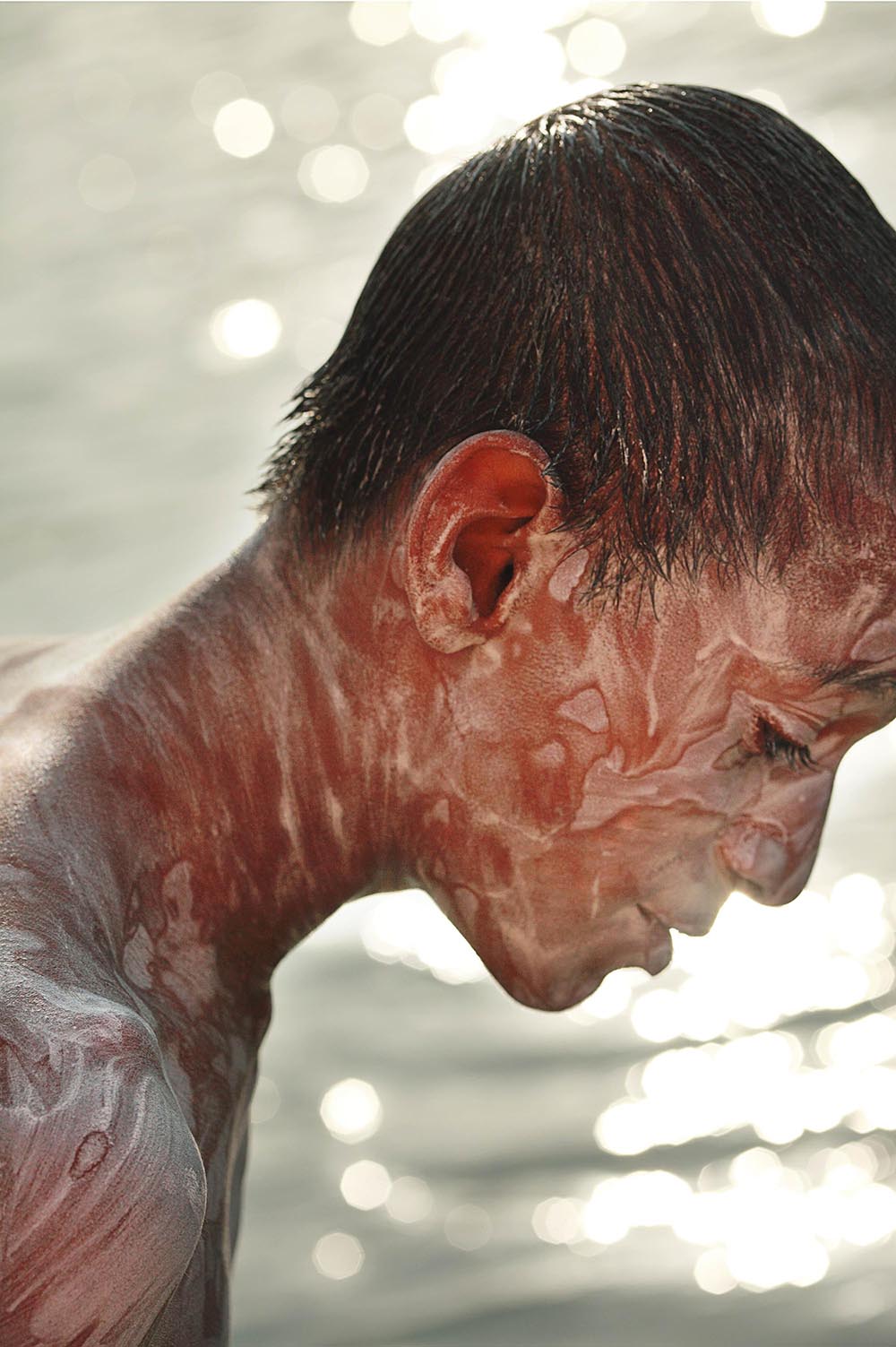
During a visit to the 2010 Kumbh Mela in Haridwar, Serena Chopra met Sagar Puri ji, a nineteen year old Naga Sadhu, in a chance encounter. This led to an intimate series of portraits, titled Along the Ganga, that demonstrate a close collaboration between Chopra and an uninhibited Sagar Puri ji, who becomes a performer for the camera. Chopra followed him at the Kumbh Mela in Haridwar in 2010 and then again at the Ardh Kumbh in Varanasi in 2013, when he was twenty-three. They continue to stay in touch till today.
SEE MORE